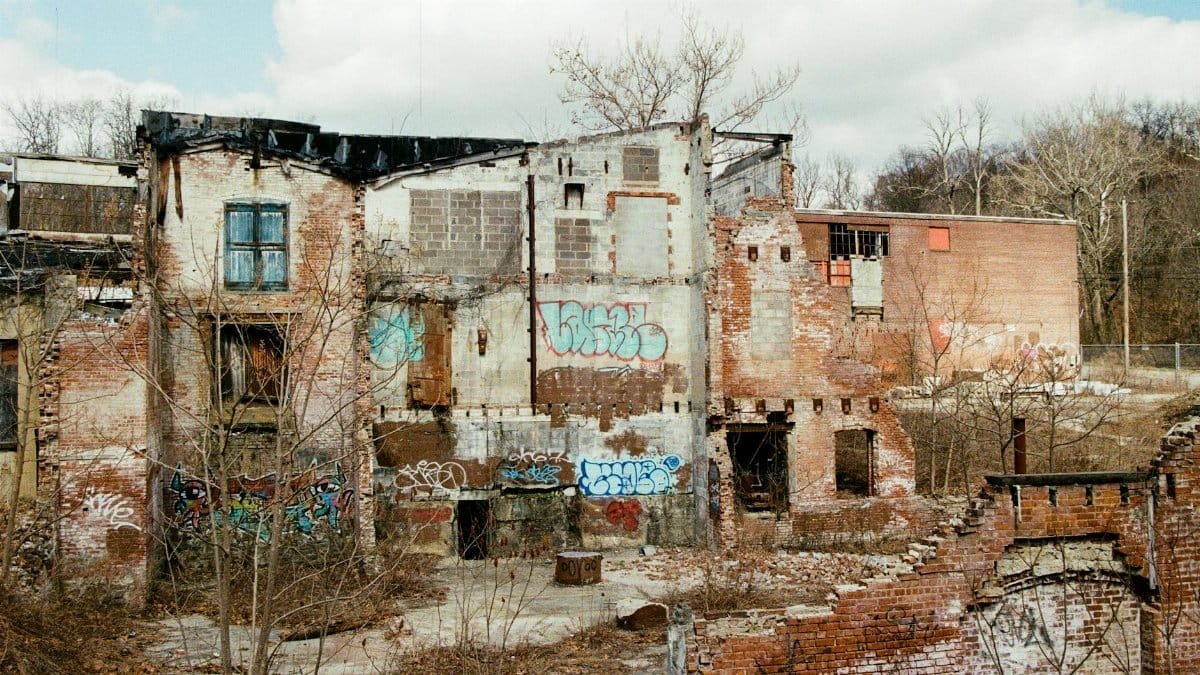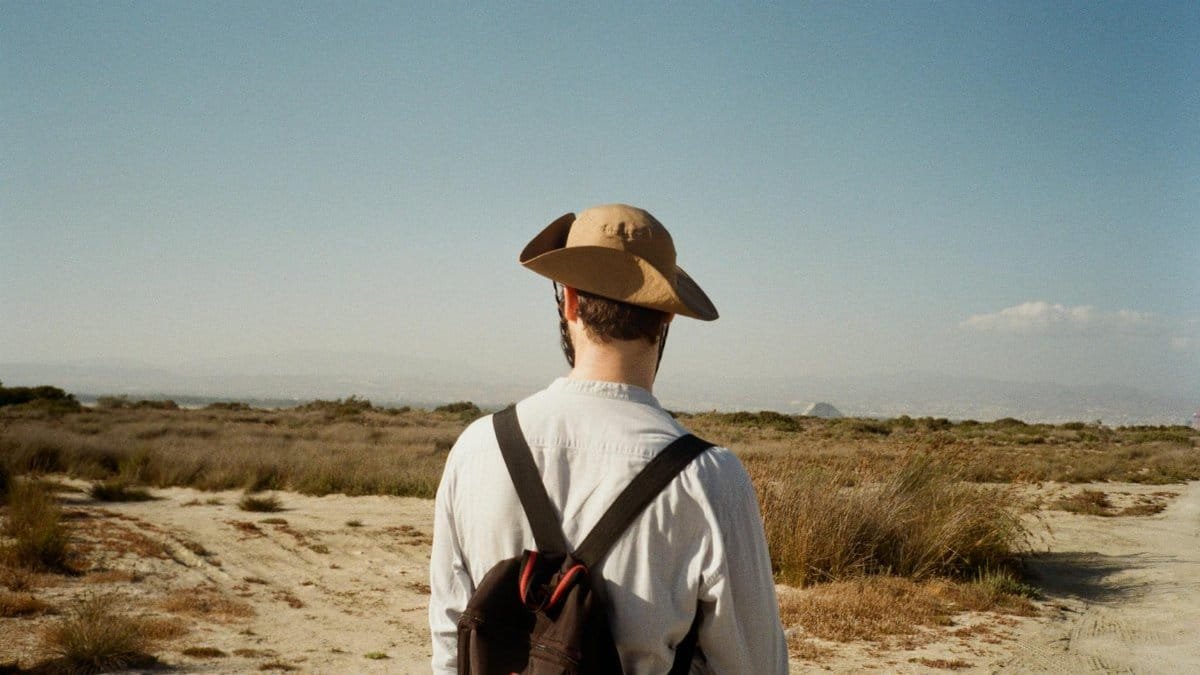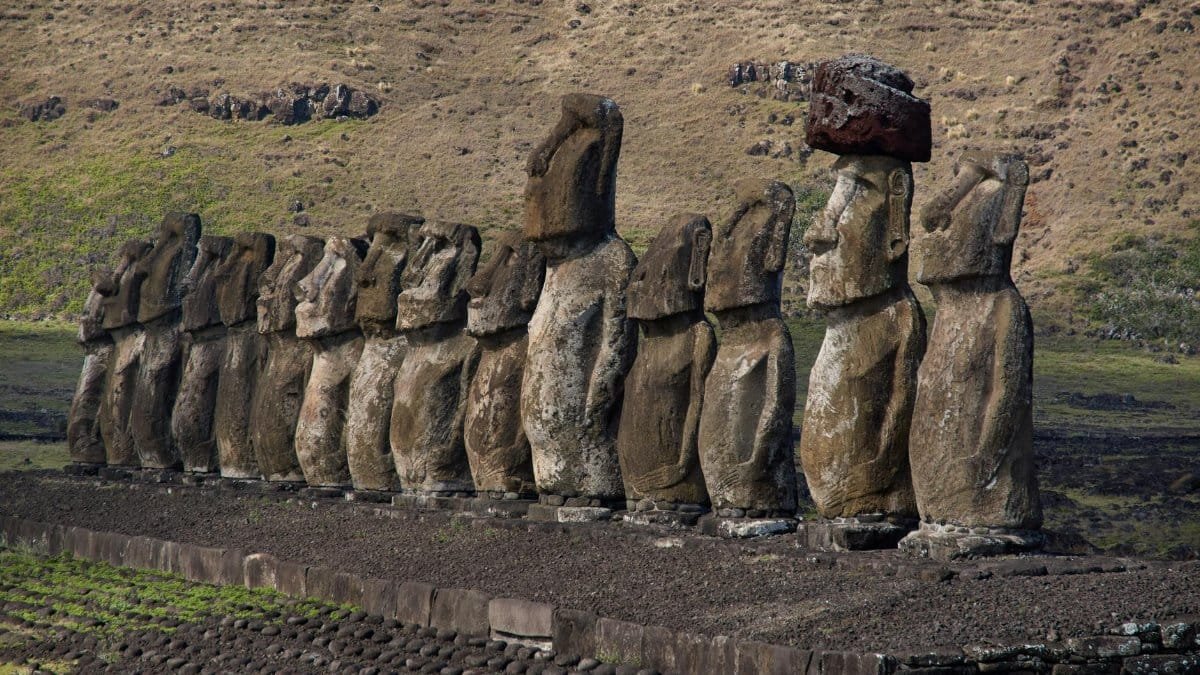Imagine standing on the edge of a forgotten city, where towering structures now crumble under the weight of time. What secrets lie buried beneath the dust? Vanished ancient civilizations captivate us with their sudden disappearances, leaving behind tantalizing clues but no clear answers. From the cliff dwellings of the Anasazi to the enigmatic ruins of Mohenjo-Daro, these societies—once thriving with culture and innovation—seemed to evaporate overnight. Their stories stir a mix of awe and unease, prompting us to question how such advanced peoples could simply cease to exist. Were they felled by natural disasters, internal strife, or something stranger still? This lingering mystery drives archaeologists and historians to dig deeper, while the rest of us ponder what lessons their fates might hold. Let’s uncover the startling truths and enduring puzzles behind nine civilizations that vanished, exploring what might have really happened.
1. The Anasazi: Cliff Dwellers Who Disappeared

In the arid landscapes of the American Southwest, the Anasazi—ancestors of modern Pueblo peoples—built intricate cliff dwellings and vast road networks. Then, around the late 13th century, they were gone. Entire communities in places like Mesa Verde abandoned their homes with little explanation. Archaeologists point to a prolonged drought as a key factor, with evidence from tree-ring data showing severe water scarcity between 1276 and 1299. A study by the National Park Service suggests this environmental stress likely forced migration. Yet, some oral traditions hint at internal conflict or spiritual upheaval. Imagine families packing only essentials, leaving behind pottery still intact, as if expecting to return. The silence of those stone walls feels heavy with unspoken stories. What pushed them past the breaking point? The Anasazi’s vanishing act remains a haunting piece of North American history.
2. The Maya: A Collapse of Kings and Calendars

The Maya civilization, known for its towering pyramids and precise calendars, dominated Central America for centuries. By the 9th century, though, many of their great cities—like Tikal—stood empty. Scholars once blamed warfare, but recent research, including findings from NASA, reveals deforestation and drought played massive roles. Overfarming stripped the land, and climate shifts dried up resources. Picture royal courts falling silent, scribes abandoning their glyphs mid-sentence. Yet, not all Maya disappeared—some migrated north, adapting to new regions. The mystery lies in how swiftly the southern heartlands collapsed. Was it just nature’s wrath, or did political instability tip the balance? Their intricate stone carvings still whisper of a world lost too soon.
3. The Indus Valley: Mohenjo-Daro’s Silent Streets

Walk the ghostly streets of Mohenjo-Daro, and you’d find a city planned with eerie precision—grid layouts, advanced drainage, even public baths. This Indus Valley hub thrived around 2500 BCE, then vanished by 1900 BCE. Why? Experts at Encyclopaedia Britannica suggest the Aryan invasion theory is outdated; instead, climate change and river shifts likely starved the region. The Sarasvati River, once a lifeline, dried up. Imagine traders packing their wares as water grew scarce, the city’s order dissolving into desperation. Some speculate disease or sudden catastrophe struck, given the abruptness of the decline. No mass graves, though—just empty homes. The lack of a clear culprit makes this disappearance one of archaeology’s most maddening puzzles.
4. The Minoans: A Sea Power Swallowed by Disaster

On the island of Crete, the Minoans ruled as a seafaring powerhouse, their palaces adorned with vibrant frescoes of bulls and dancers. Around 1450 BCE, their world unraveled. The eruption of Thera (modern Santorini), one of history’s most catastrophic volcanic events, likely triggered tsunamis that devastated coastal settlements. Research from USGS highlights how such eruptions alter climates for years. Ash clouds may have choked crops, while invaders—possibly Mycenaeans—capitalized on the chaos. Visualize fishermen watching black waves consume their harbors, knowing survival meant fleeing. Yet, some Minoan culture lingered, absorbed by others. Was nature alone to blame, or did human opportunism seal their fate? Their disappearance marks a brutal end to a golden age.
5. The Olmec: Mesoamerica’s First Great Loss

Before the Maya or Aztecs, the Olmec shaped Mesoamerica with colossal stone heads and early writing systems. By 400 BCE, their major centers, like San Lorenzo, lay deserted. Environmental degradation—perhaps from overusing swampy lands—could be the cause, though no single theory dominates. Some point to internal revolt; others to shifting trade routes. Picture artisans leaving behind half-carved monuments, their tools dropped in haste. Without written records, we’re left guessing. Their influence echoes in later cultures, but the core Olmec identity dissolved. Why did they abandon their sacred sites so suddenly? The question gnaws at historians, a reminder of how fragile even foundational societies can be.
6. The Nabataeans: Desert Traders Who Faded Away

Carved into Jordan’s rose-red cliffs, Petra stands as a testament to the Nabataeans, desert traders who mastered water conservation in a brutal landscape. Their wealth came from controlling spice routes, yet by the 4th century CE, they were largely gone. Shifting trade paths—favoring sea routes over land—likely undercut their economy. Earthquakes didn’t help, nor did Roman annexation weakening their autonomy. Imagine camel caravans dwindling, once-bustling markets turning to dust. Some blended into surrounding populations, but their distinct culture vanished. Was it just economics, or did they lose a deeper sense of purpose? Petra’s empty facades seem to guard the answer, silent as ever.
7. The Khmer: Angkor’s Jungle Reclamation

Angkor Wat, with its sprawling temples, showcases the Khmer Empire’s genius in medieval Cambodia. By the 15th century, their capital was overtaken by jungle. Climate studies suggest monsoon failures and flooding broke their intricate water systems, vital for rice farming. Political overreach and invasions by neighboring powers added pressure. Envision priests and farmers retreating as canals clogged, sacred spaces swallowed by vines. One account from online discussions captures the modern fascination: someone described feeling “humbled yet unsettled” standing in Angkor’s ruins, sensing a civilization’s heartbeat stopped cold. Did the Khmer overextend their ambitions, or was nature’s shift unstoppable? Their story warns of over-reliance on fragile systems.
8. The Rapa Nui: Easter Island’s Isolated End

On remote Easter Island, the Rapa Nui erected iconic moai statues, symbols of ancestral power. By the 18th century, their society had fractured. Deforestation—trees felled for statue transport or farming—left the island barren, sparking resource wars. European contact later brought disease, worsening the decline. Picture rival clans toppling each other’s moai in rage, soil eroding beneath their feet. Some argue they adapted before outsiders arrived, but the population crash was undeniable. Did pride in their monuments blind them to ecological limits? Their isolation amplifies the tragedy of a people cut off from escape.
9. The Cahokians: America’s Lost Metropolis

Near modern St. Louis, Cahokia once housed up to 20,000 people, a bustling hub of pre-Columbian North America. Its massive earthen mounds rivaled European cathedrals. By 1400 CE, it was empty. Overhunting, flooding, and social unrest are suspected culprits. Imagine a marketplace, once alive with barter, falling silent as families dispersed. Archaeologists note no single disaster stands out—perhaps it was a slow unraveling. The Mississippi River’s fickle nature likely played a role, as did possible internal strife. Cahokia’s fall shows even the mightiest centers can fade without fanfare. What tipped this vibrant society into oblivion?
Unraveling the Common Threads

Across these nine vanished ancient civilizations, patterns emerge like ghosts in the mist. Environmental shifts—droughts, floods, deforestation—strike again and again as silent assassins. Human choices often amplified the damage: overexpansion, resource depletion, or failure to adapt. Yet, each story carries unique scars—some faced invaders, others isolation. Standing amidst any of these ruins, one can’t help but feel the weight of hubris and vulnerability intertwined. A historian once mused to a group of visitors at a dig site, “Every collapse teaches us something, if we’re willing to listen.” Are we? In 2025, as climate challenges loom larger, these lost worlds urge us to rethink how we build—and how we endure.
What Their Disappearances Mean Today

The echoes of these civilizations ripple into our present. They’re not just dusty relics but cautionary tales for a world grappling with sustainability. Modern archaeology, paired with technology like satellite imaging, keeps peeling back layers of their mysteries. Yet, the human cost lingers in the imagination—entire ways of life erased. These stories remind us that progress isn’t guaranteed. They push us to ask hard questions about resilience. How do we balance growth with survival? The vanished ancient civilizations, though long gone, still speak through their silence, daring us to heed their warnings before our own chapters close.
